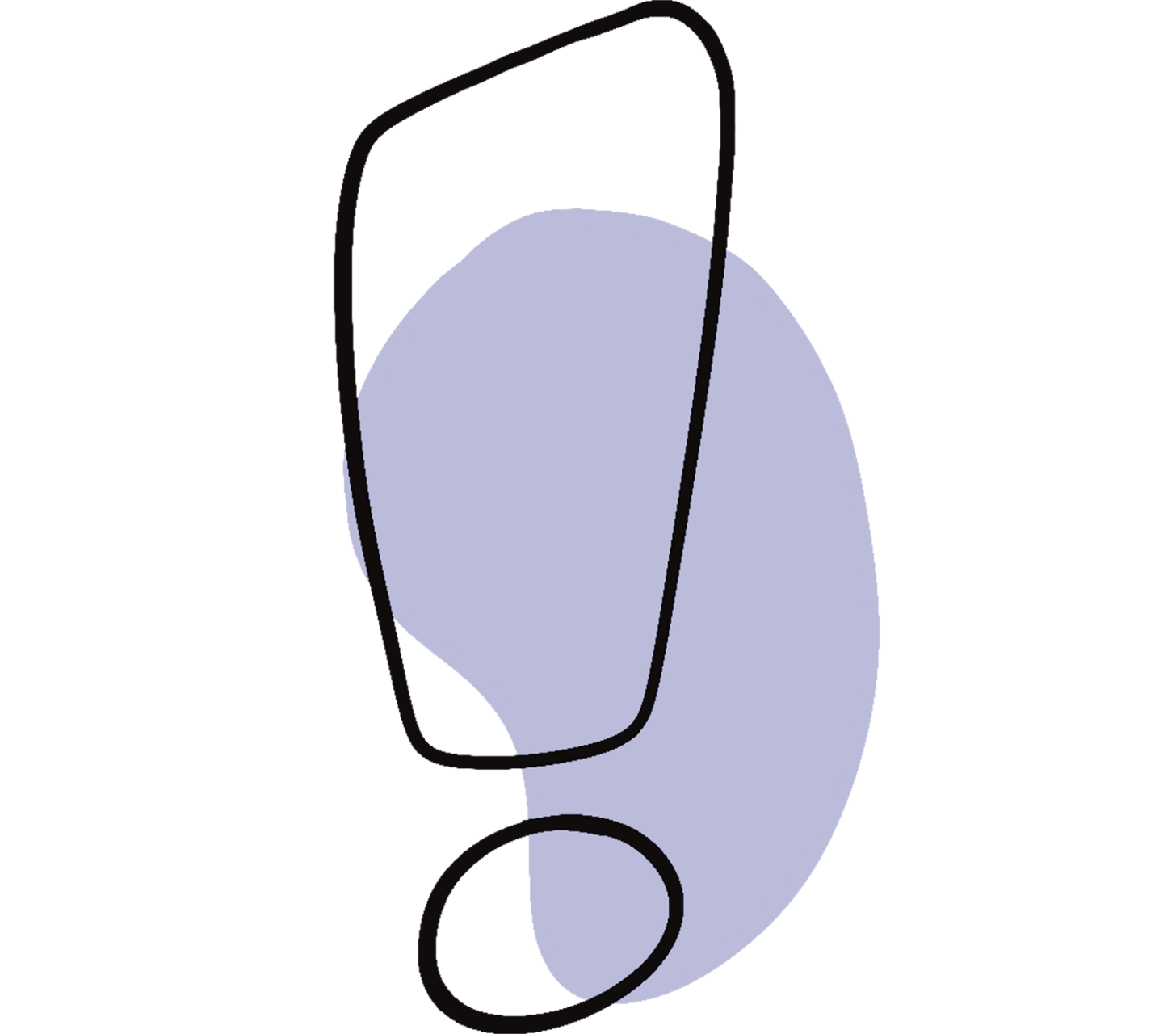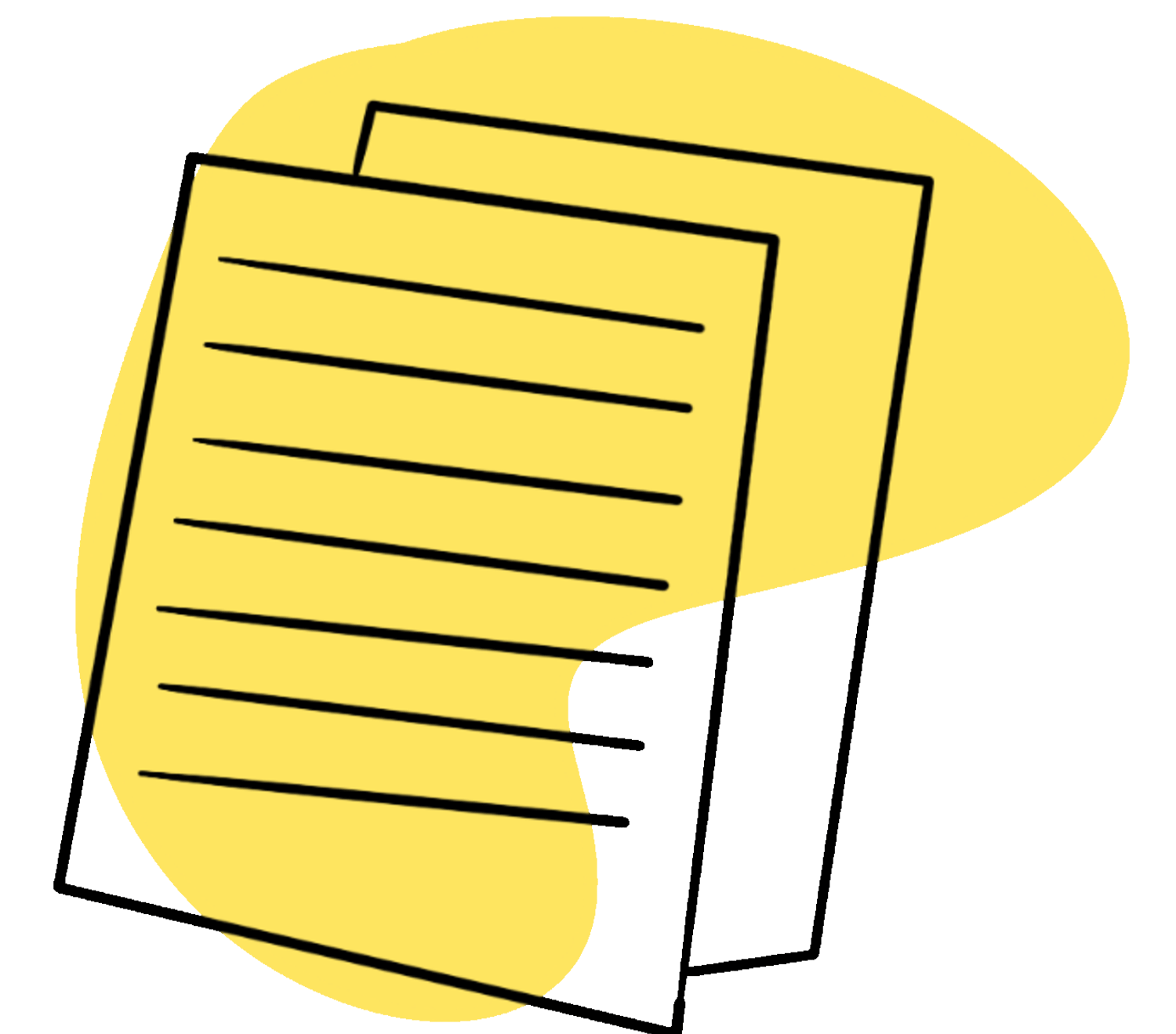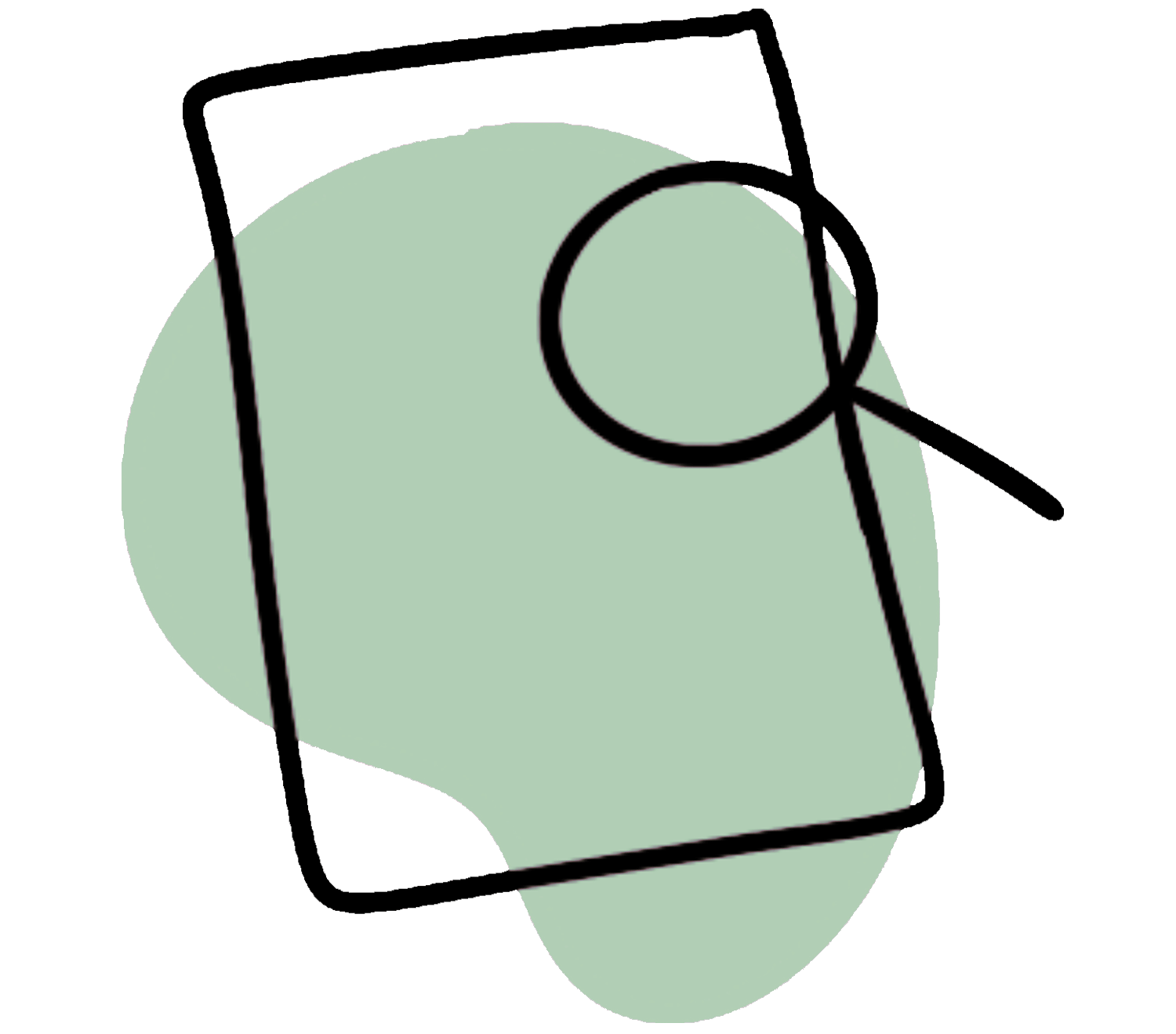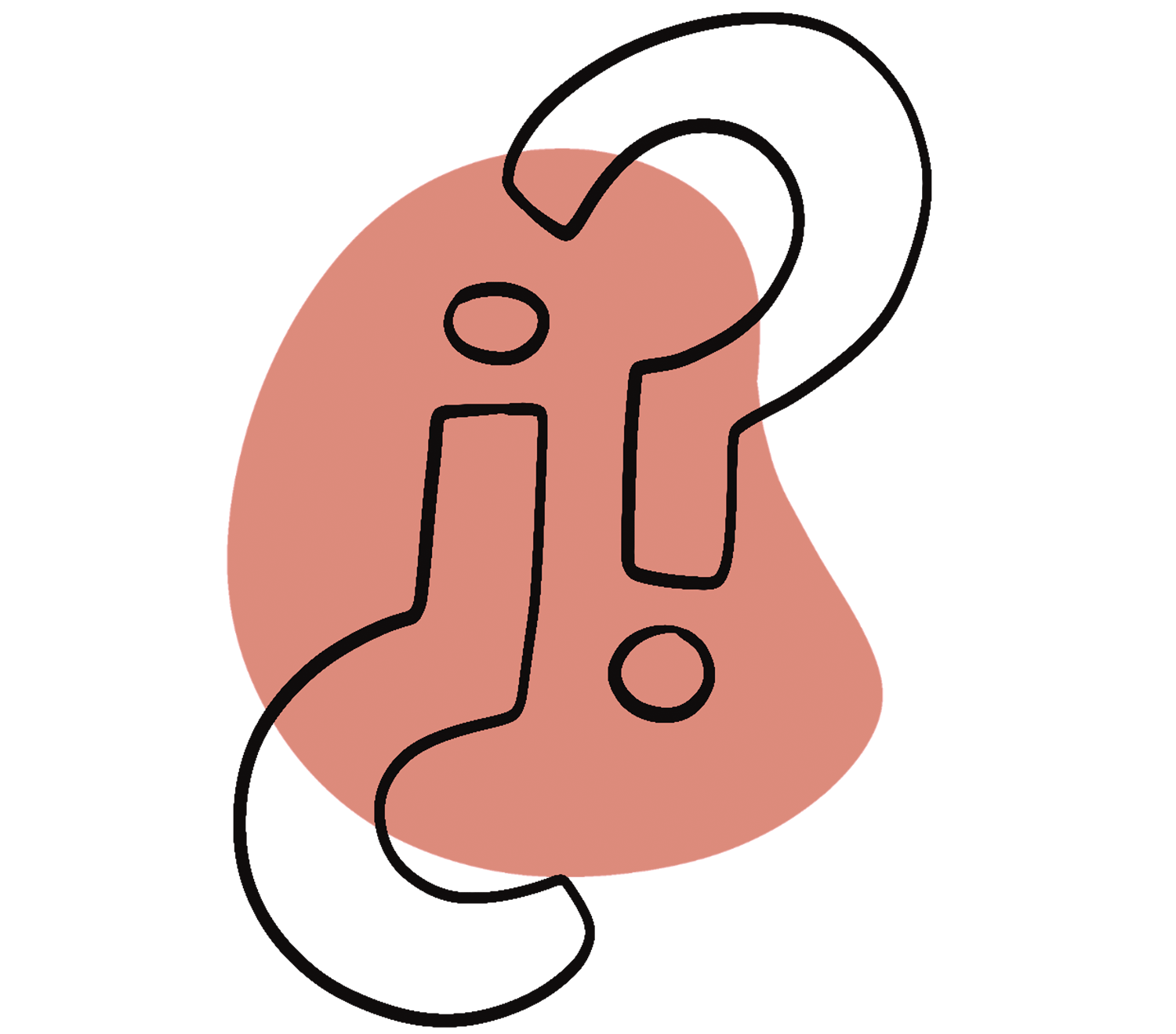Basically, when you paraphrase, the extent of the citation must be clear, meaning it must be obvious where the quotation begins and ends. It is usually not enough to just mention the source at the end of a paragraph or chapter.

When citing longer passages from a source, it would be correct, but not necessarily elegant, to repeat the source after every sentence. Below we show some alternative ways.
You make it clear in the text, in the short reference, or in a footnote that your citation refers to a longer passage:
Examples:
- The following discussion is based on the considerations of Müller et al. (2012, p. 11ff.), who assume that …
- The content of the following section is mainly based on Maier (1989, p. 50), who …
- The following presentation is based on Maier (1989, p. 50).
- … (cf. to this section Müller 2012, p. 11ff.).
- … (cf. to the following section Müller 2012, p. 11ff.).
- What follows is a summary of Becker’s model [87], which served as the basis for Experiment A.
At the end of the passage, you then include the short reference again, e.g., (Müller et al. 2012, p. 11ff.). This clearly marks the extent of the citation.
You can indicate that the short reference refers to a longer passage by placing it at the end of the paragraph after the final punctuation mark.
Contrary to the initial explanation, some lecturers are fine with adding a source only at the end of a paragraph after the final punctuation, which then applies to the whole paragraph.
Examples:
Assigning the entire paragraph:
An electric motor (EM) of an electrically powered vehicle generates the required torque through the force of a magnetic field on a current-carrying conductor loop. The generated torque is proportional to the current and magnetic field, where the magnetic field can be produced by an electromagnet or a permanent magnet. In general, electric drives are classified according to the type of current supplied into direct current motors and three-phase motors. [1]
Assigning a single sentence:
The DFG recommends keeping primary data that served as the basis for publications for ten years [10, p. 21].

What should I pay attention to when paraphrasing longer passages in my academic paper?
Make sure readers can always tell which statements come from the literature and which are your own. And don’t forget to cite the borrowed ideas according to your chosen citation style.
How do I formulate paraphrases?
When paraphrasing, try to express the idea from the literature in your own words without changing the meaning. This process is also called paraphrasing. You should retain technical terms.
This article was published in August 2025 and last updated in March 2025.







